Drink 3 litres of water a day and an extra 500ml for every 20 minutes of strenuous exercise. For decades that has been the broad conventional guidelines around hydration as dehydration has been touted as the main cause of decreased performance, particularly during endurance events.
However, if you do the math that’s 1.5 litres of fluid every hour during exercise. If you run a marathon in four hours that equates to an intake of 6 litres of water… a truly eye-watering figure. Double the distance and time for an Ironman triathlon or an ultra-marathon and athletes could conceivably consume between 8-12 litres during an event.
New picture
While drinking this volume of fluid may seem logical as a strategy to stave off the performance-sapping effects of dehydration, it can actually lead to a more serious condition. Over the last few years a clearer picture has emerged of our real hydration needs during exercise, one that shows that mild dehydration (which equates to a 2-6% decrease in body weight based on various studies) does not impair exercise performance in the heat, and that over-hydration, which leads to a condition known as exercise-associated hyponatremia, is a far greater concern.
Deadly serious
Hyponatremia is a serious condition where serum sodium concentrations drop to critically low levels due to a shift in water balance which can, and has in the past, lead to the death of athletes.
The main reason for this is that the condition prompts a rapid swelling of the brain that can result in seizures, coma, and, subsequently, death. Initial symptoms may include nausea, muscle cramps, disorientation, slurred speech, and/or confusion.
Unfortunately the conventional wisdom around optimal hydration for performance has been the major factor in the rise of this condition as athletes have been told to drink ahead of thirst for years.
The reasons for this are numerous, from the misinterpretation of scientific evidence by authors of popular running books, to the aggressive marketing of sports drinks in the US since the 1970s. This has led to a trend whereby most tend to drink far too much while training and racing, particularly in hot and humid conditions.
Waterlogged
It is a problem that Prof. Tim Noakes has been warning against for decades. Over 50 studies on the subject, including his seminal paper in the field, “Water Intoxication: A Possible Complication During Endurance Exercise”, led him to publish Waterlogged: The Serious Problem of Overhydration in Endurance Sports, and he continues to vociferously decry the general recommendations for fluid replacement during physical activity.
Based on his research Noakes suggests that “if athletes drink when they’re thirsty, they’ll be fine”. To put a figure on it, Noakes’ letter titled “Sodium ingestion and the prevention of hyponatraemia during exercise”, published in the British Journal of Sports Medicine (BJSM) in 2004, stated that “the absolute maximum rate at which these athletes (female runners who took up 4.25 hours to complete a marathon) should have ingested fluid during exercise was probably even less than 500 ml/h. This is substantially less than the drinking guidelines of the American College of Sports Medicine (ACSM) and the Gatorade Sports Science Institute, which have promoted rates of fluid ingestion of up to 1200–1800 ml/h.”
Sodium balance
It is also important to note that exercise-associated hyponatraemia is due to over-drinking, not a lack of sodium and other electrolytes, states Noakes. This is important because a lack of sodium supplementation will have minimal impacting on the development of hyponatremia during continuous exercise when an athlete over-hydrates.
In fact, there is some evidence to suggest that too much sodium taken during an event can also impair hydration, and may exacerbate the condition. In this regard, sticking to recommended daily intakes should be adequate, even when engaged in endurance events.
A new approach
As more research on hyponatremia has emerged it has affirmed Prof. Noakes’ recommendations that athletes drink to thirst, rather than to a schedule, and that water is sufficient to maintain optimal hydration.
That’s not to say you can’t or shouldn’t use an electrolyte replacement drink or a mainstream sports drink. There are other benefits to these drinks, such as the addition of liquid-based calories and carbohydrates for energy, and there is some evidence to suggest that 33% of cramp suffers can find some degree of relief from the ingestion of electrolytes – sodium, potassium, magnesium, chloride, and/or calcium.
The important thing to remember is that total fluid intake should be managed according to guidelines that aim to prevent hyponatremia. The overconsumption of water and/or sports drinks and electrolyte solutions can all result in the development of this life-threatening condition.


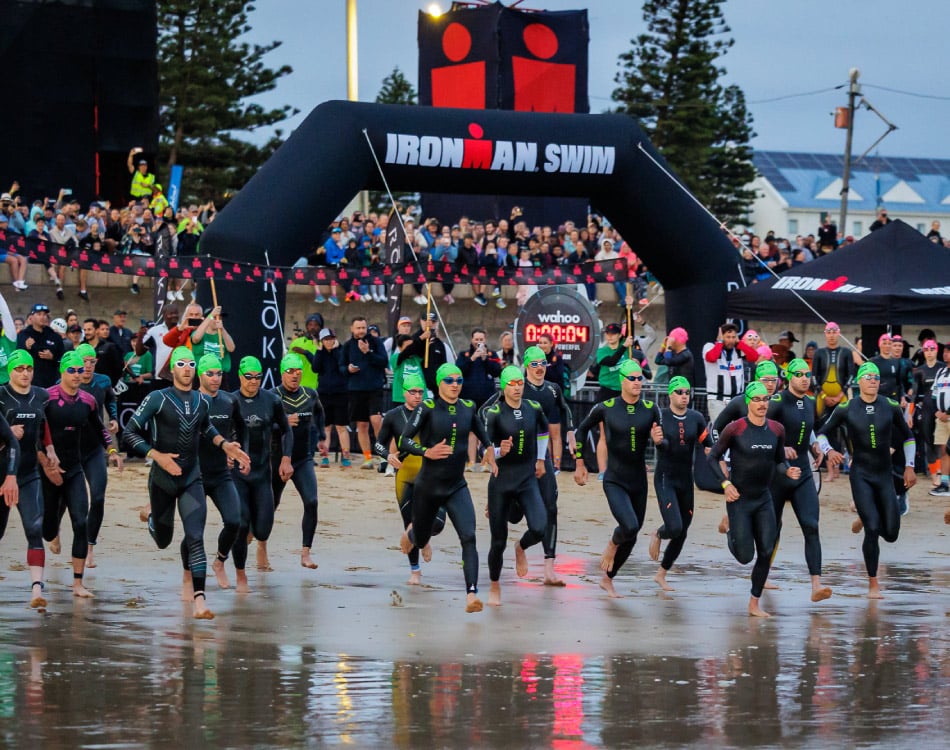
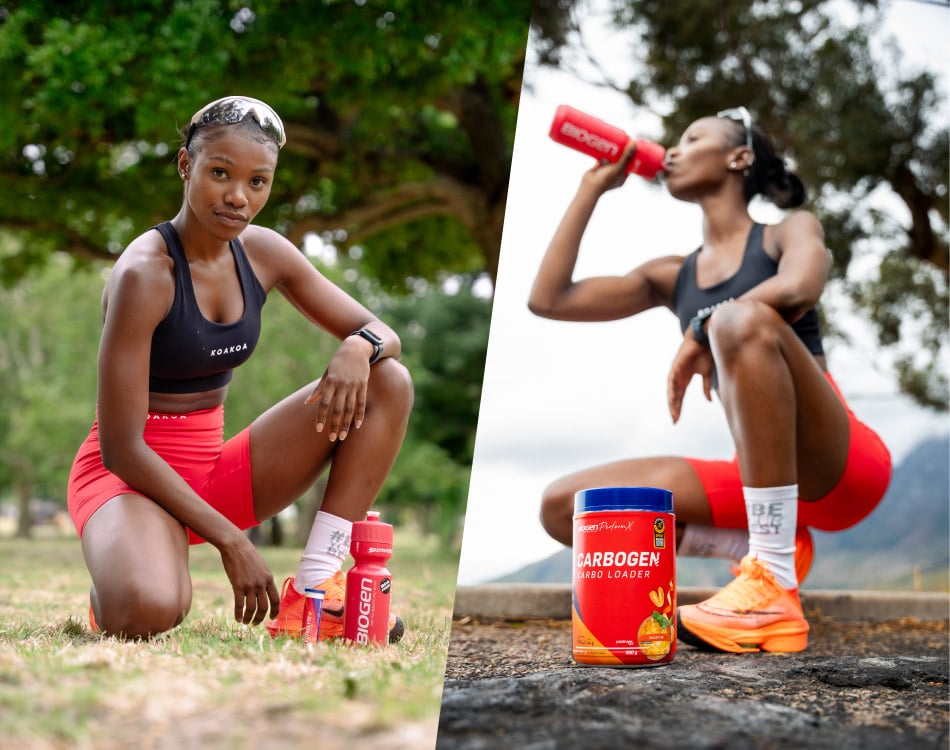
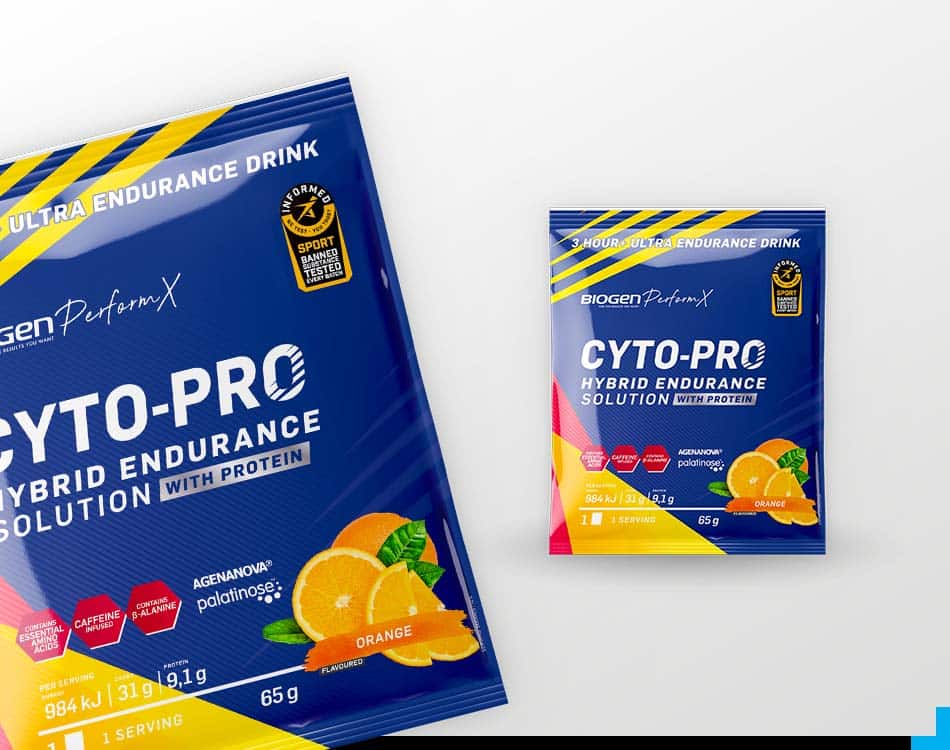
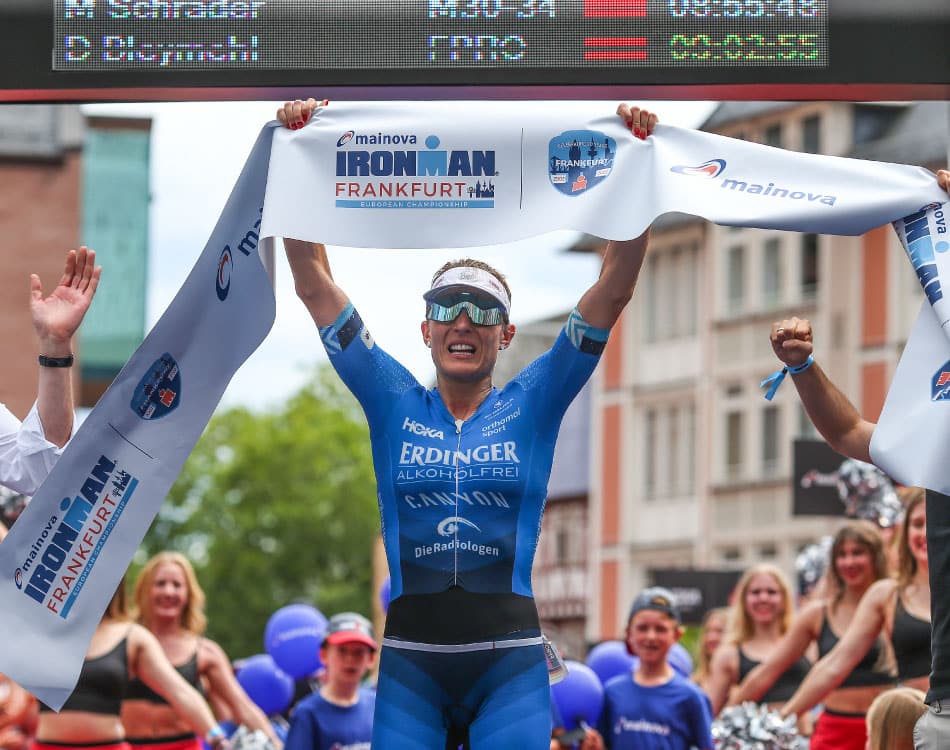
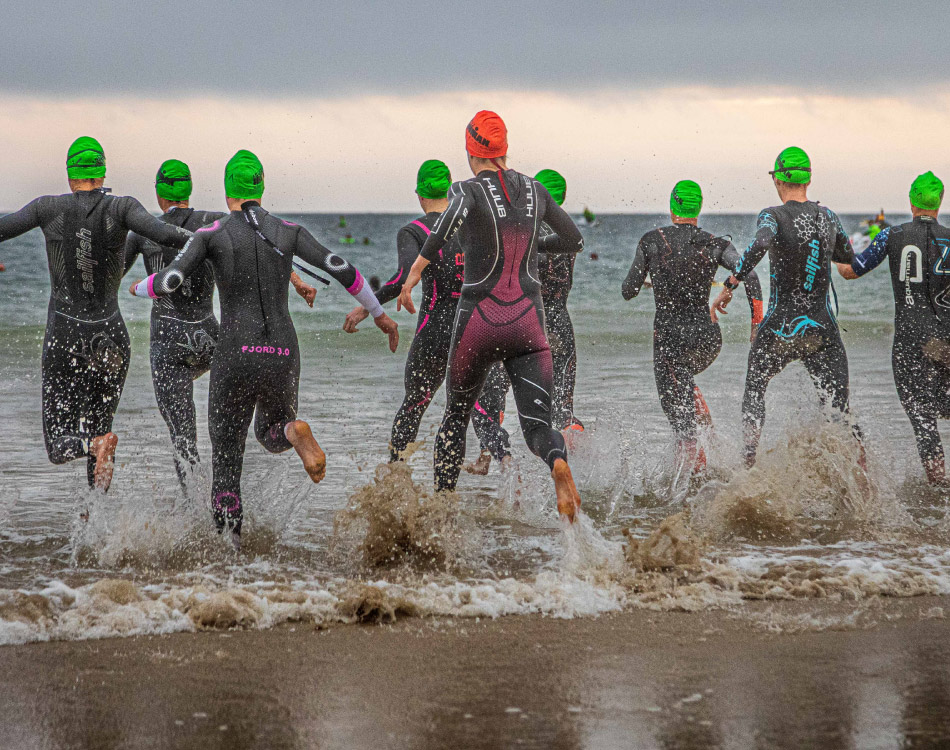

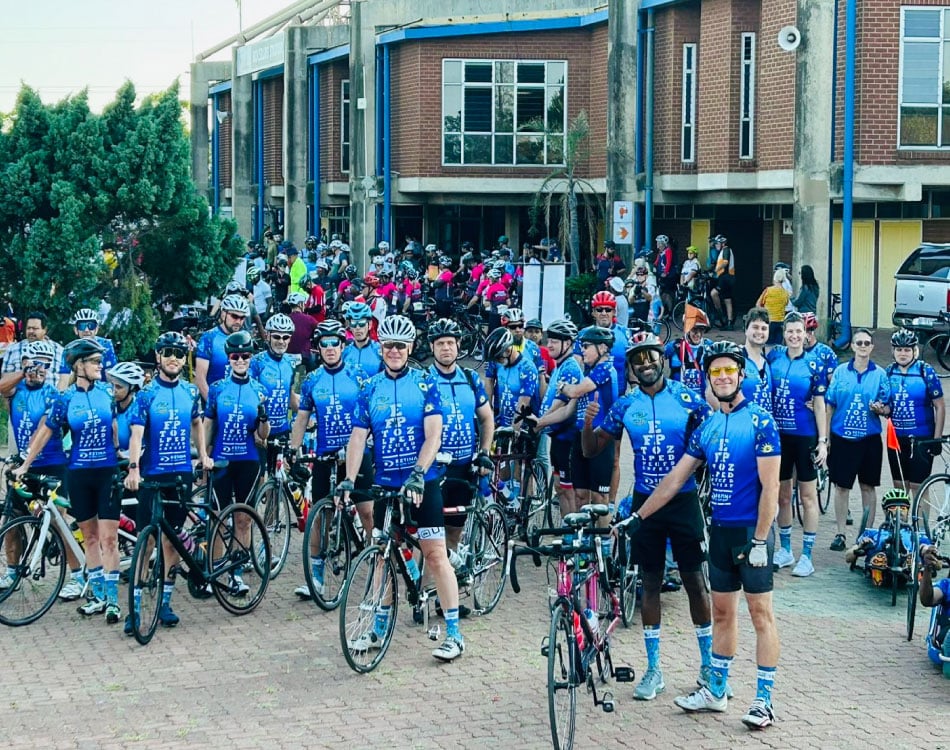
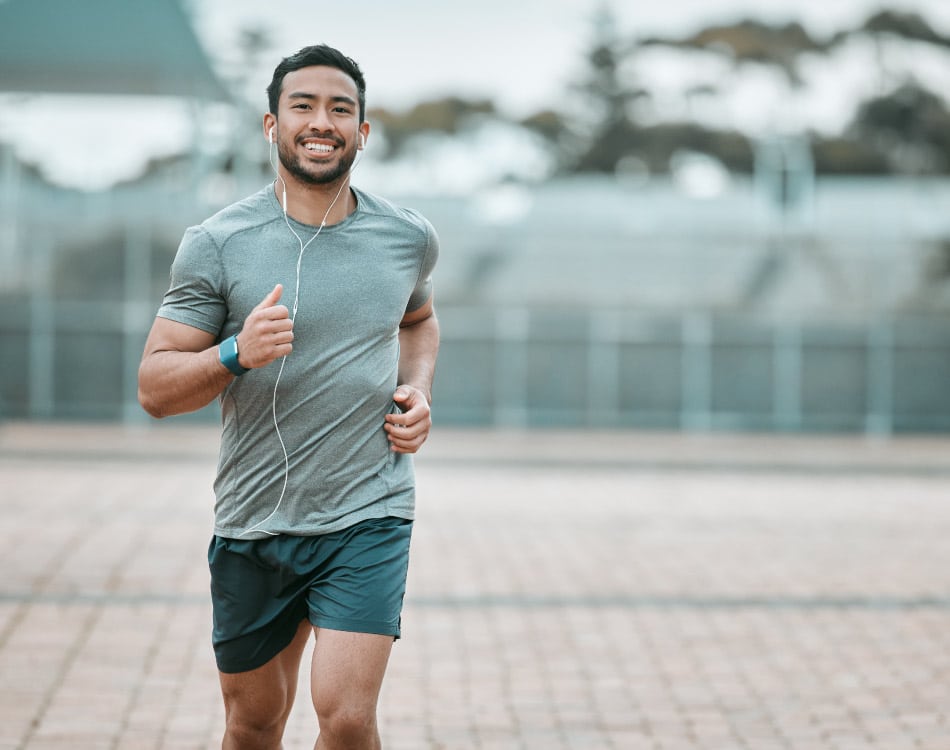
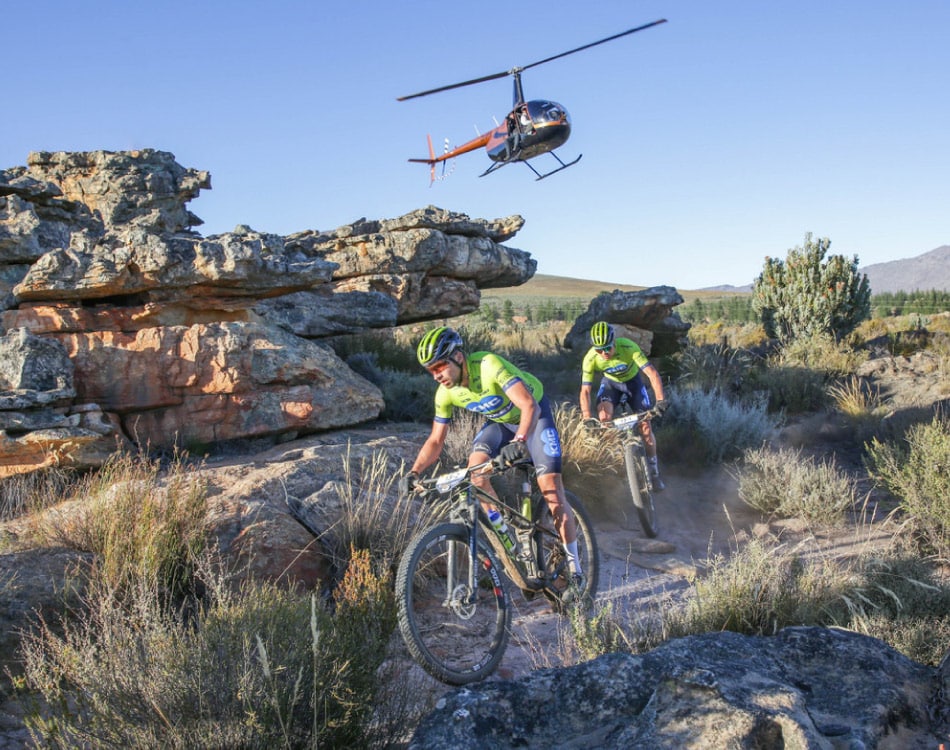
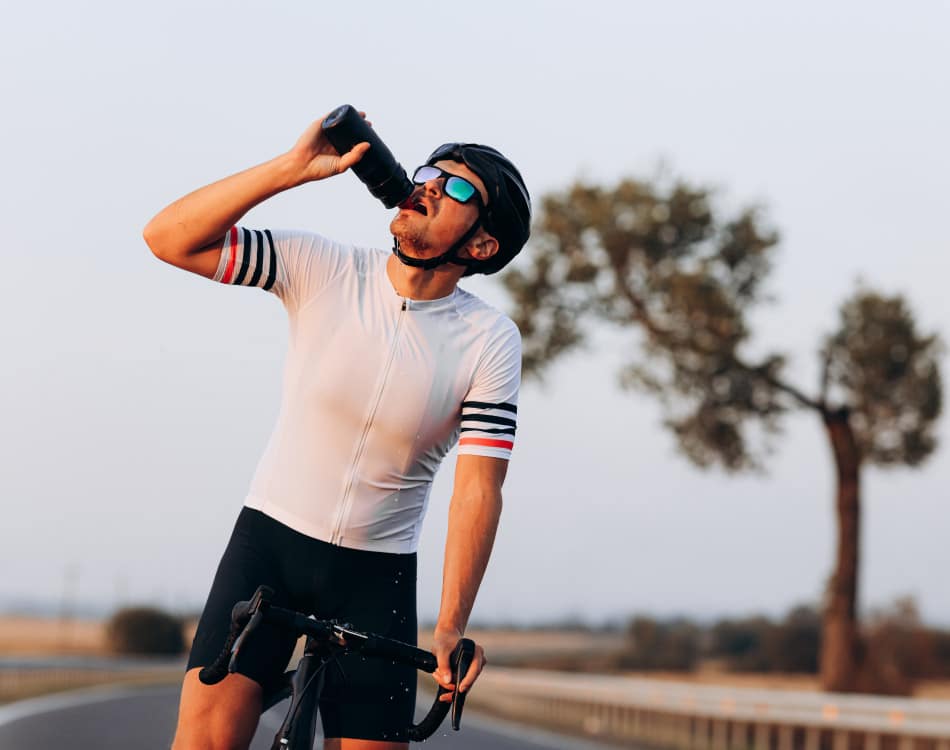
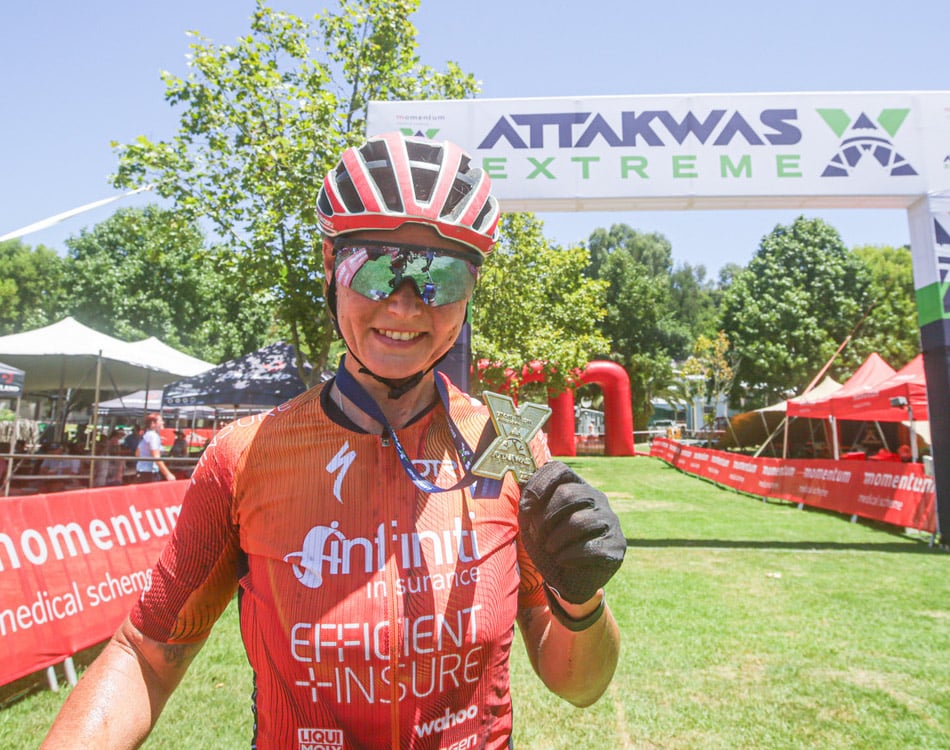
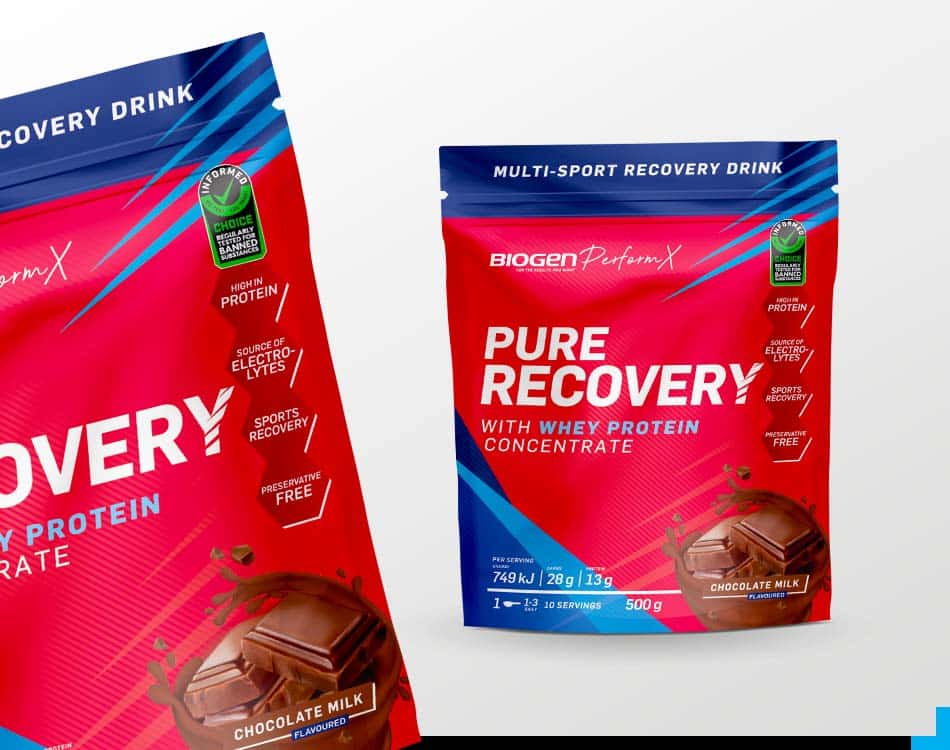



Leave A Comment